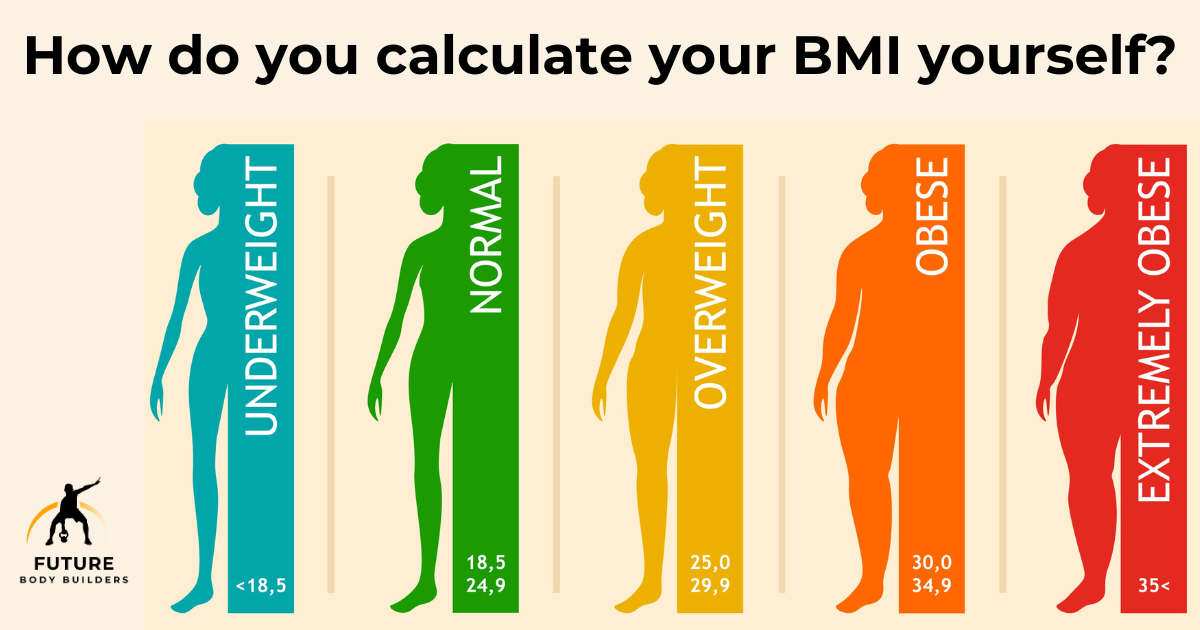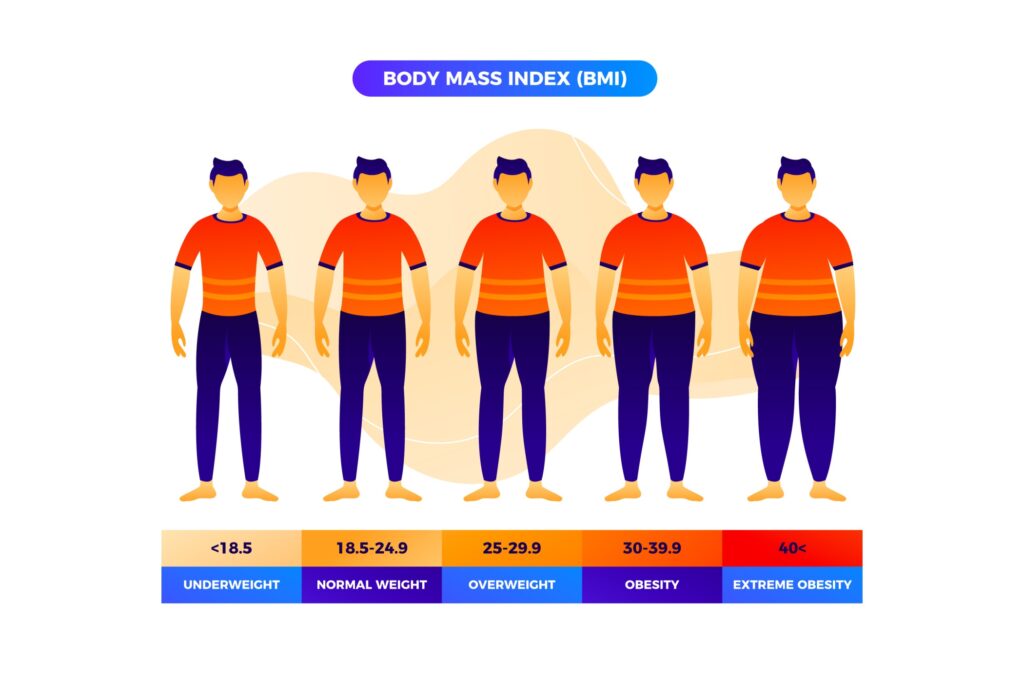How do you calculate your Body Mass Index (BMI) yourself?


Body Mass Index (BMI) is a simple tool that gives you insight into your health by comparing your weight and height. Calculating your BMI is easy and requires just a couple of measurements. This guide will walk you through the process, helping you make informed decisions about your health and fitness.
Body mass index (BMI) is a medical screening tool for estimating body fat. Healthcare providers calculate BMI by dividing weight in kilograms (kg) by height in meters squared (m²).
For many people, BMI is a good indicator of body fat. Generally, a higher BMI suggests more body fat. However, BMI alone does not diagnose health conditions. Health providers often use BMI alongside other assessments to evaluate health risks.
Excess body fat can lead to serious health issues, including heart disease, stroke, and Type 2 diabetes. On the other hand, low body fat may indicate malnutrition. A healthy amount of body fat is essential for absorbing vitamins and minerals. It also provides energy, helps regulate body temperature, and protects organs.
BMI is a helpful indicator of potential health issues. A BMI below 18.5 (underweight) may increase the risk of malnutrition, anemia, a weakened immune system, osteoporosis, and infertility. If you fall in this category, your healthcare provider might order tests to evaluate your overall health and nutritional status.
In contrast, a higher BMI correlates with increased risks for heart disease, hypertension, type 2 diabetes, gallstones, osteoarthritis, sleep apnea, and certain cancers, such as colon, breast, endometrial, and gallbladder cancers. In addition, it could be linked to mental health issues like depression. However, it’s essential to note that these health conditions can occur without a high BMI, and a high BMI doesn’t necessarily mean you have these conditions. Factors like genetics and smoking also play significant roles. If your BMI suggests obesity, your healthcare provider may recommend additional tests, such as a comprehensive metabolic panel and lipid profile, to assess your overall health.
To calculate your BMI, follow these simple steps:
For example, if you weigh 150 lbs. and stand 5 feet and 8 inches tall (68 inches total). Here’s how you would calculate your BMI:
So, your BMI would be 22.8.

BMI (Body Mass Index) is a key metric for evaluating weight categories and screening for health risks. The classification ranges for BMI (in kg/m²) are as follows:
Calculating your Body Mass Index (BMI) is a straightforward way to assess your health based on your weight and height. A BMI below 18.5 may indicate underweight, while a higher BMI may suggest obesity and associated health risks. While BMI can provide valuable insights into potential health risks, it’s important to remember that it doesn’t diagnose conditions on its own. It helps identify potential risks but should be used alongside other assessments for a fuller understanding of your well-being. To easily find your BMI, use our BMI calculator.